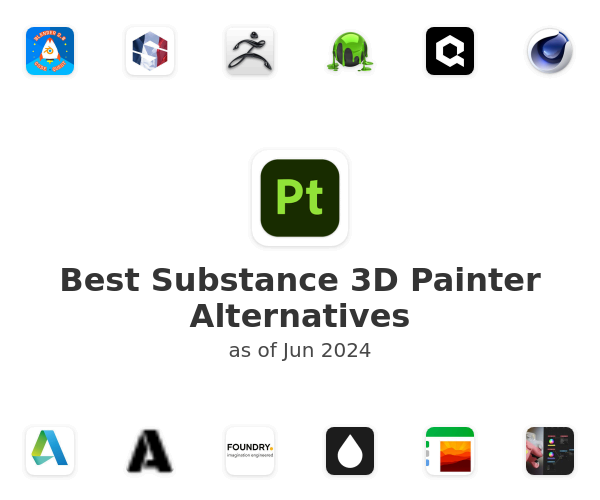

Artist will always seek competitive advantage and with increased adaptation, there might just become time when even hardest skeptics will find themselves pleasantly surprised by what it can do for them. Time passes and while major DCC apps stagnate and cannot introduce bigger core changes, Blender rips out the old and replaces with latest and greatest. Just as Lightwave, XSI and even Max, it’s becoming old school in many ways. Meanwhile Blender has open roadmap and very ambitious development pace with big core updates. Their main intent is to extract maximum cash for minimal development expense – welcome Cloud. Although such market leading position is just what makes the monopolies arrogant, relaxed, stagnant. No doubt it’s the leader and I do not proclaim its imminent demise.
MUDBOX VS 3D COAT FULL
I admit, it has a few quirks, but 3/4 cases benefits over losing full construction history upon. After all Blender’s already there, Modo or Maya might impress in near future as well. That begs the question: which is a more natural evolution – a fully featured DCC application adapting a powerful sculpting module (as we seen with impressive Maya/mudbox demo) or Zbrush/Mudbox adapting half the tools of Maya? Given that sculpting programs are intended to be fast, light and simple to use as well as how hardware’s no longer a limit, I’d put my money on DCC apps getting sculpting modules right(eventually).
MUDBOX VS 3D COAT SOFTWARE
It’s a trend, a vector of software evolution. That is why by looking at recent updates of ZB we can see a clear trend with adaptation of fully featured DCC app tools: Polymodeling toolset, arrays, live booleans, transformation gizmos, scattering etc. 3D Coat is a commercial digital clay program that is aimed to make free-form, high-quality 3D models out of scratch objects. Modern 3D is ever more challenging and multifaceted. Adobe Substance Painter is one of the leading programs in the 3D modeling industry, which is ideal for designing anything from realistic and cartoonish graphics, to fashion and style designing, and everything in between. I’m working with 10-50 mil subtools/objects and quite frankly last time I worked with mudbox it choked with denser meshes as did 3DCoat. Regardless with half decent gaming card, it is no longer an issue as it was 10 years ago. It’s sculpting is very powerful, although it does require a lot better hardware as you are working with generic data that is not low level optimized for sculpt as for example ZB with its custom graphics api. The postfix is optional and can take the form of No Postfix, _.

Please note that the output filename must be set for this to happen. Map has UDIM enabled it will automatically assign the postfix to the output filename of the map. You can also do Zbrush>Mudbox>3D Coat (retopoing). My personal workflow is Maya>Zbrush>Mudbox for high detail sculpts. Both of them can be found on the internet for free, price is never a goddam issue. It is common for maps rendered to fit in a UDIM texture to have a postfix which defines its UDIM ID or the UV offset values. Zbrush is superior in sculpting, Mudbox is superior in texture painting for video games. Each of these maps has a property to enable UDIM as well as a numberbox In ShaderMap the maximum U is set to 10, this is a common UDIM U max value, but can be changed in the Options and Settings / Maps section.Īny Map that ships with ShaderMap and uses a 3D Model as an input supports UDIM tiling. The value U Max represents the maximum number
MUDBOX VS 3D COAT PLUS
Each tile represents a complete range of texture coordinates UV (0,0) to (1,1) plus UV offset integers for the See below how a UDIM texture is laid out. The UDIM ID numbers range in ShaderMap from 1001 to 9999. UDIM is a method of using a number to represent UV tile offset in a 3D Model's texture coordinates.


 0 kommentar(er)
0 kommentar(er)
